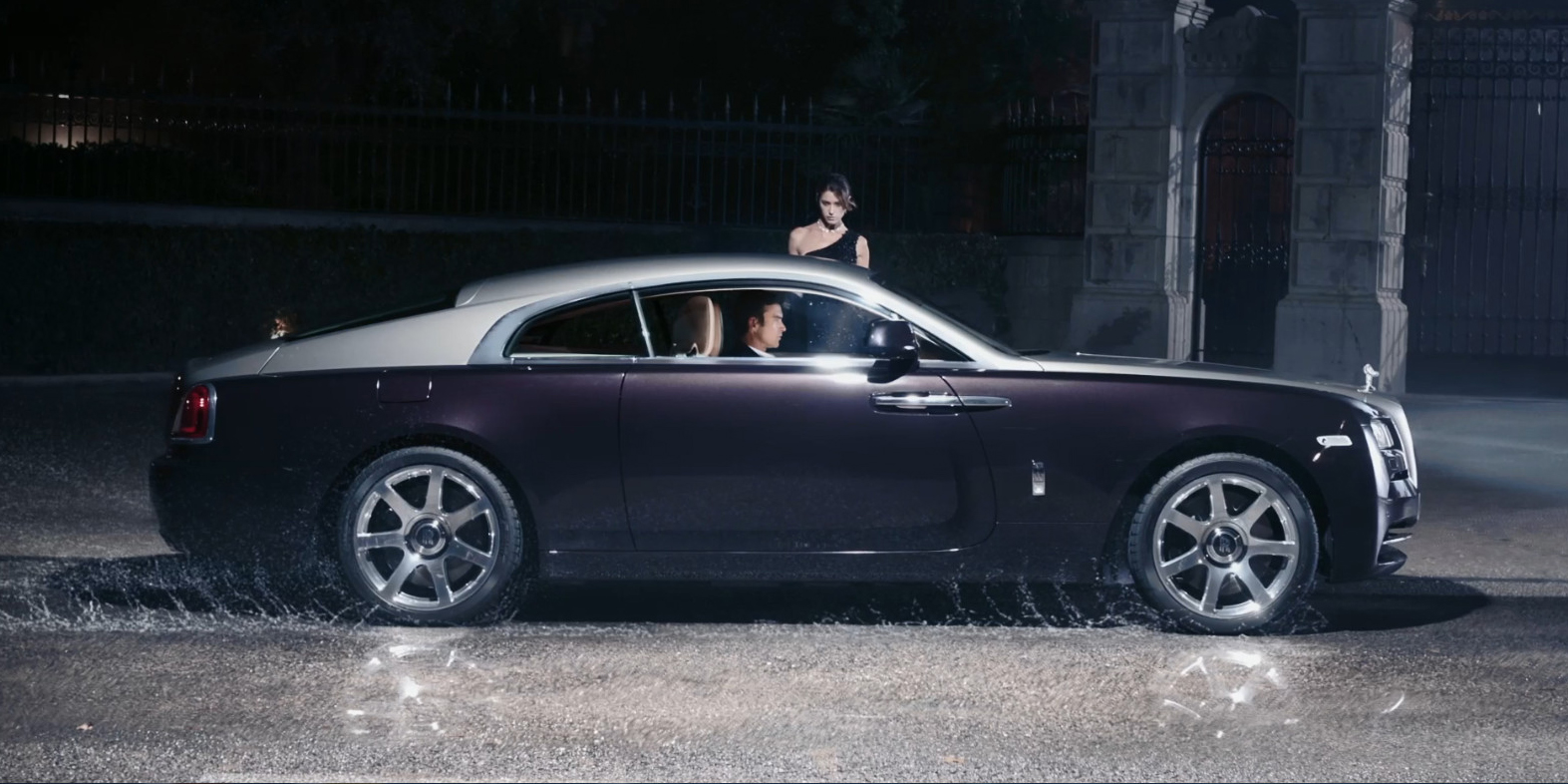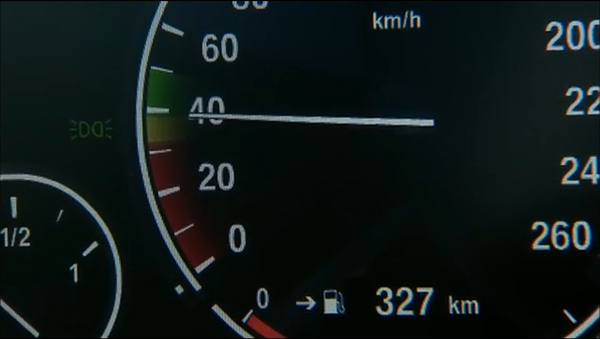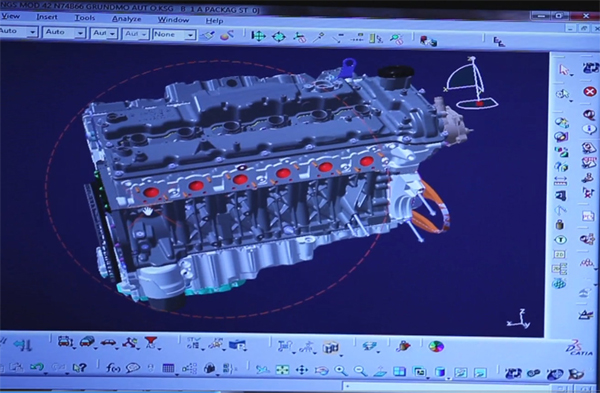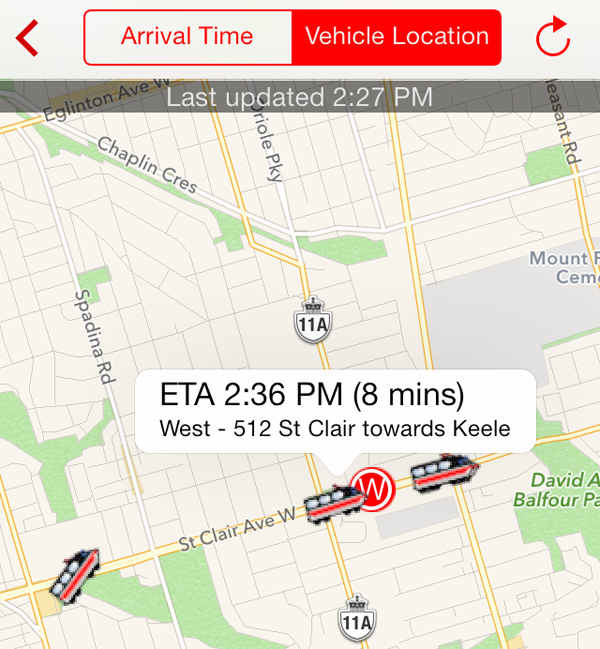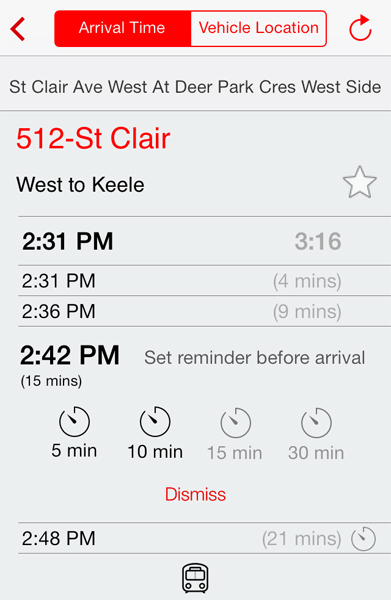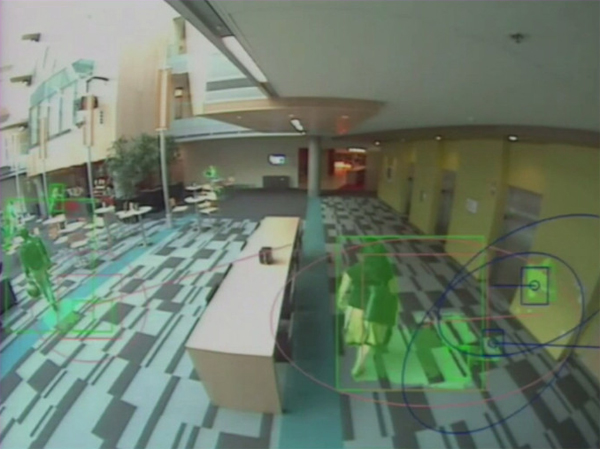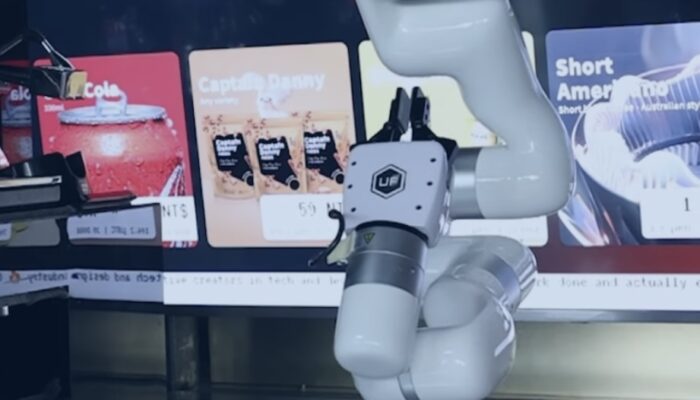You can listen to my radio series live every Monday on Moore in the Morning at 6:45 am
Between traffic lights, elevators, and bus stops we spend a good portion of our lives just waiting. This week we’re exploring new technology that aims to eliminate those delays by sensing our moods and anticipating where we want to go.
Traffic Light Assist
The next Audi and BMW cars will know when traffic lights turn green. More and more cities are linking their intersections to traffic control computers and so by connecting a car’s GPS to these networks, Audi can calculate the speed you’ll need to make a green light as often as possible.
Even when you can’t avoid a red light you’ll know it’s coming and can adjust your driving to better approach an intersection safely. At the red light, the system will display a countdown letting you know how much time you have until it changes.
With Audi’s version you have the option to turn off the engine, saving on fuel and emissions, and then the car will automatically restart just seconds before the light goes green to get you back in action.
BMW is testing the technology on both cars and motorcycles in Europe. I prefer their dashboard display because it integrates the system right into the speedometer, using coloured bars that adjust to upcoming traffic lights in real-time.
Three weeks ago Audi took the Traffic Light Assist for a spin along the streets of Las Vegas, proving that it’s ready to roll now. The delay will simply be in waiting for more cities to launch traffic control networks to connect to.
A Transmission That Sees Around Corners
The GPS on the upcoming Rolls Royce Wraith is connected to its transmission. It automatically shifts into the correct gear when it reads that you’re about to take a turn from its GPS map. At the same time it monitors your driving behavior, your “mood”, to determine if you might take that turn quickly or casually instead, and uses that to select a gear too.
The official name for the feature is Satellite Aided Transmission. There’s no controls, no buttons, or switches, the car just does this automatically. It’s all part of a concept of giving cars the ability to read the read, to prepare for what’s coming at it. Rolls Royce plans to build on the feature, adding in adjustments that match road surface types and elevation as GPS systems provide more detail.
Bus Stop Countdowns
If you’re a rider, not a driver, you’re already ahead of the game. Most transit apps are already connected to the GPS systems of busses and streetcars, allowing riders to track and predict their movements. With a new update RocketMan for iPhone and Android now includes timers that countdown the seconds to a bus’ arrival, so you can make better use of your time and avoid waiting and wondering by the curb.
Transit, another of my recommended apps, tells me they too will be adding timers in their next update.
Elevators That Know You’re Coming
We wait for elevators to get to us when maybe it should be the other way around. On Star Trek, for example, the elevators are always ready and waiting, somehow “knowing” they’re needed at that floor at that time.
To invent Smart Elevators that can do just that, Microsoft Research created a network of Kinect cameras and sensors to anonymously watch people as they moved about in their building.
View from camera systems as they track passer by heading to elevator doors
It turns out that when we go to use an elevator we exhibit a range of body movement that’s different from all other tasks. We move with a very specific sense of direction and speed when we’re headed to the elevators. Over time the network learned to spot this behavior from someone walking down the halls and respond by summoning the elevator to that floor in advance.
With a speedy elevator system, it can even get to the point where the doors open just as you reach them without breaking stride. It certainly means that if an elevator is about to leave and sees you rushing, it’ll stop and let you on, saving you from having to jam an arm or leg through the doors to catch it.
Now, Microsoft is not in the elevator business. For them it’s an exercise in Artificial Intelligence, but they are taking meetings with people who are, so who knows?

